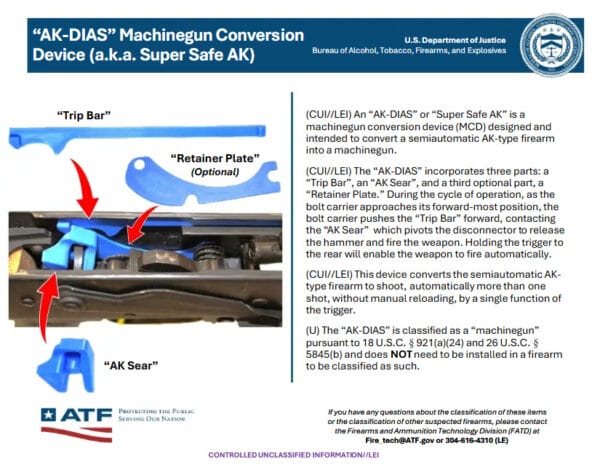CNN: Deep State Bureaucrats Threaten To Sell State Secrets If Trump Isn’t Nice To Them
CNN warns that intelligence employees who get the axe are valuable — and that those same employees will sell national secrets if fired. Which is it?
Brace yourself as the propaganda press tries to stop President Donald Trump from culling corruption from the deep state. Expect “news” stories screaming about ordinary budget and staff cuts that would happen in any bloated private business but under Trump will be described as unfair or even dangerous.
Take, for example, the Feb. 24 number from CNN, “How Trump’s government-cutting moves risk exposing the CIA’s secrets.” The short report required four CNN writers, Katie Bo Lillis (who was involved in a story that led to a defamation trial in which a jury found that CNN was literally fake news), Phil Mattingly, Natasha Bertrand, and Zachary Cohen.
Exposing CIA secrets? That sounds pretty dangerous. Just how much danger are we in?
In the piece, CNN warned, “As the CIA weighs staff cuts, current and former intelligence officials say that mass firings could offer a rich recruitment opportunity for foreign intelligence services — like China or Russia — who may seek to exploit financially vulnerable or resentful former employees.”
The piece goes on.
“… on the CIA’s 7th floor — home to top leadership — some officers are also quietly discussing how mass firings and the buyouts already offered to staff risk creating a group of disgruntled former employees who might be motivated to take what they know to a foreign intelligence service.” (So “quietly,” apparently, that CNN could hear them, as Federalist Editor-in-Chief Mollie Hemingway pointed out.)
Is that a threat from the CIA? Is CNN reporting that Trump should keep everyone employed because, if he doesn’t, former CIA agents will spill U.S. secrets to our enemies? Apparently so.
But if that’s the case, these are exactly the employees who should be fired. Those with too little integrity to exit with grace should not be employed in jobs with access to sensitive information. The CIA employees CNN describes should not be trusted with any more secrets.
Within the same piece, CNN ridiculously makes it sound as if valued, model intelligence employees will get the axe — and that those same employees have loose lips and are ripe for the picking. Which is it, CNN?
The media want you to be worried because they are worried. If Trump cleans house, it will destroy their business model. CNN and other propagandists have exploited unethical leaking of deep state sources, treating their whispers as gospel, and amplifying their aims through high-profile “news” stories.
If Trump fires their sources, it will be harder for the media to collude with the intelligence community to craft propaganda to sell to the public. The connection between CNN and the deep state has been too cozy for too long.




